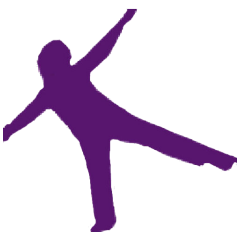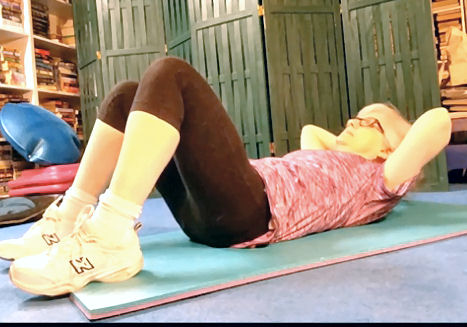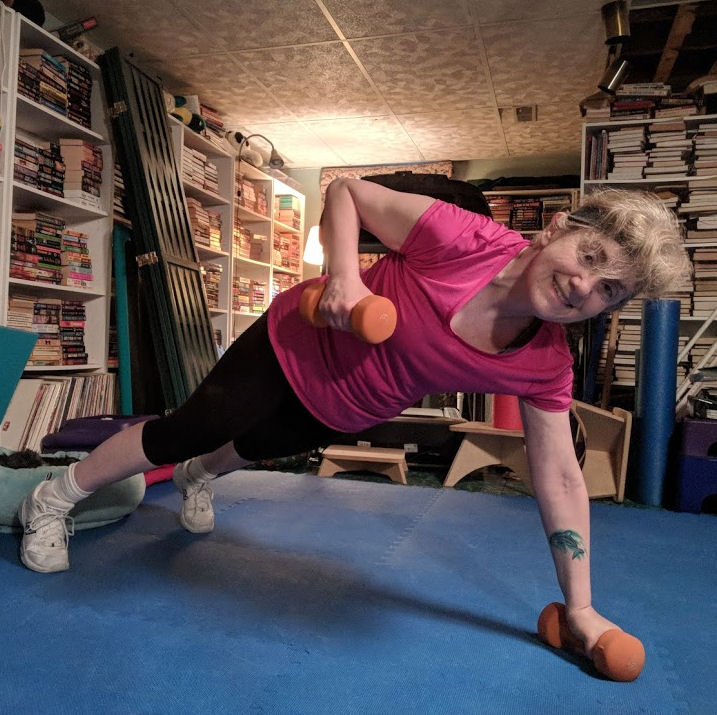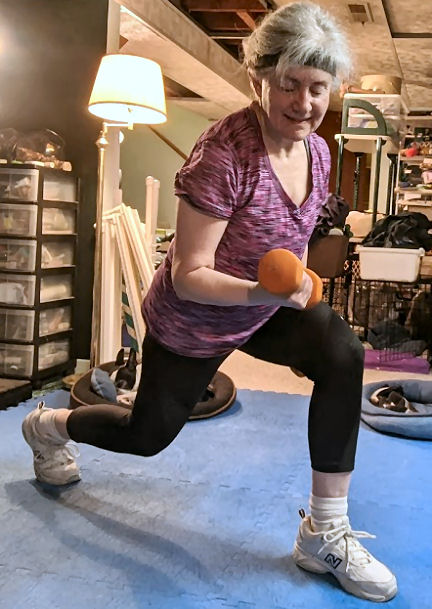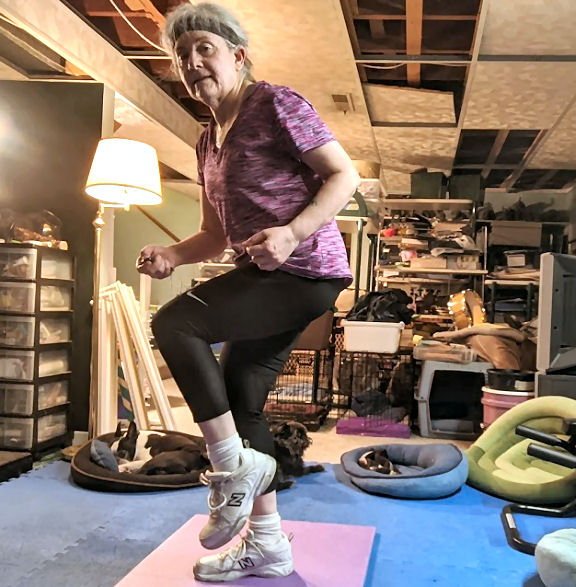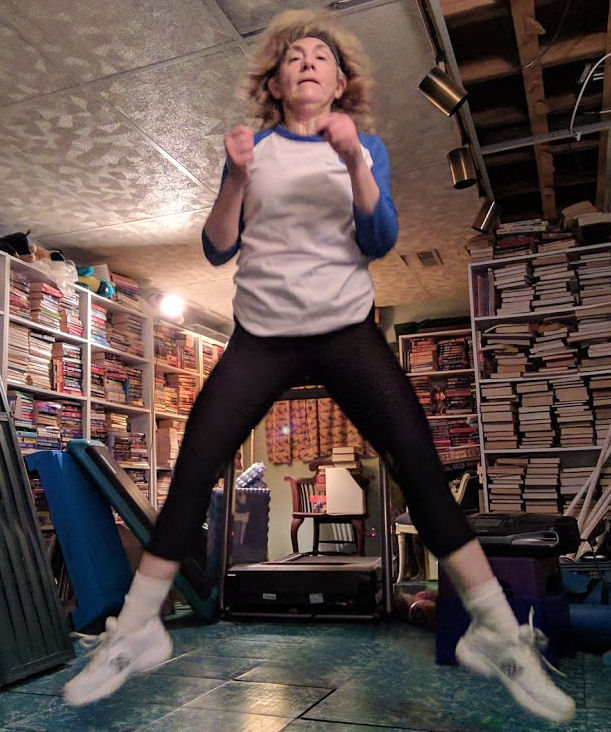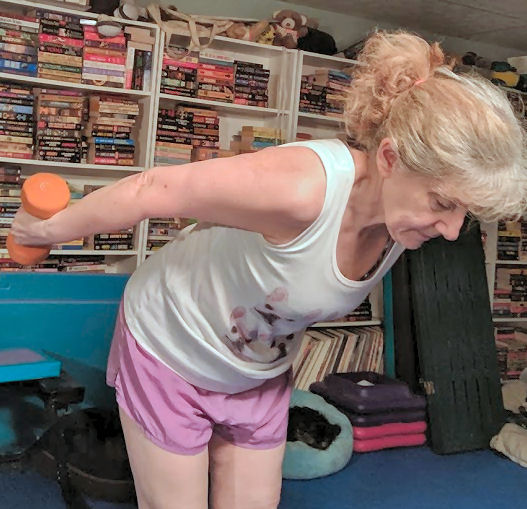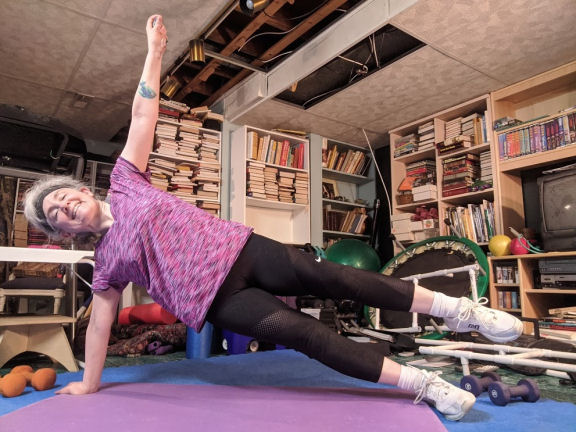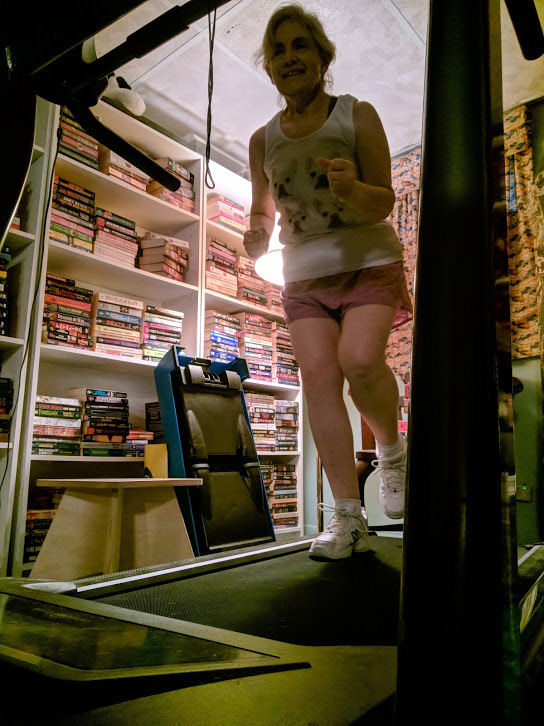I get it. I do. You’ve been exercising for weeks and it’s dull. You’ve made good progress but it’s a struggle every day to put on those sneakers. So, how can you maintain your momentum and not sit back on the couch? How can you keep that appointment with yourself and exercise? Yes, you know that it’s good for your healthy aging. You know that it’s good for your brain, your memory, your cognition and your sleep. That doesn’t make it easy to change into that workout gear. Some days you just don’t care about your resilience and how much exercise will help you through anything. You just feel like taking a nap. So here are 3 methods to maintain your momentum.
1st method to maintain your momentum:
Know that it’s OK to play hooky once in a while. If you just can’t face that treadmill or put that exercise bra on, it’s OK not to.
Just the fact that you know it’s all right to skip a day will, most likely, get you up off the couch. Ask yourself the question: do I want to play my hooky card today? Or should I save it for when I REALLY don’t feel like working out?
2nd method:
Remember your kids, or your dogs, or your friends. They’re waiting for you. Remember why you started exercising in the first place. You want to run around with the kids and grandkids. Take fun vacations with them. You want to play with the dogs – get down on the floor to play and still be able to get back up again. And you want to roam all over the mall with your friends without having to take breaks.
3rd method:
Know that you’re going to be very sore if you take days off.That’s not fun.
As we age, the recovery time for our muscles extends because our muscle tissue takes longer to repair itself and rebuild. It’s just easier to do the workout. And, face it – with the time you spend arguing with yourself whether or not to workout you could be almost finished with today’s workout.
So, get off the couch.
